Learn how to start composting right at home – without a yard! Understand why this process is so beneficial to the planet and get inspired with a list of my favorite low-waste recipes.
Table of Contents (click to skip to the section)
3 Easy Steps to Get Started Composting in an Apartment
What Can I Compost? Free Printable Guide
How to Avoid a Smelly Compost Bin
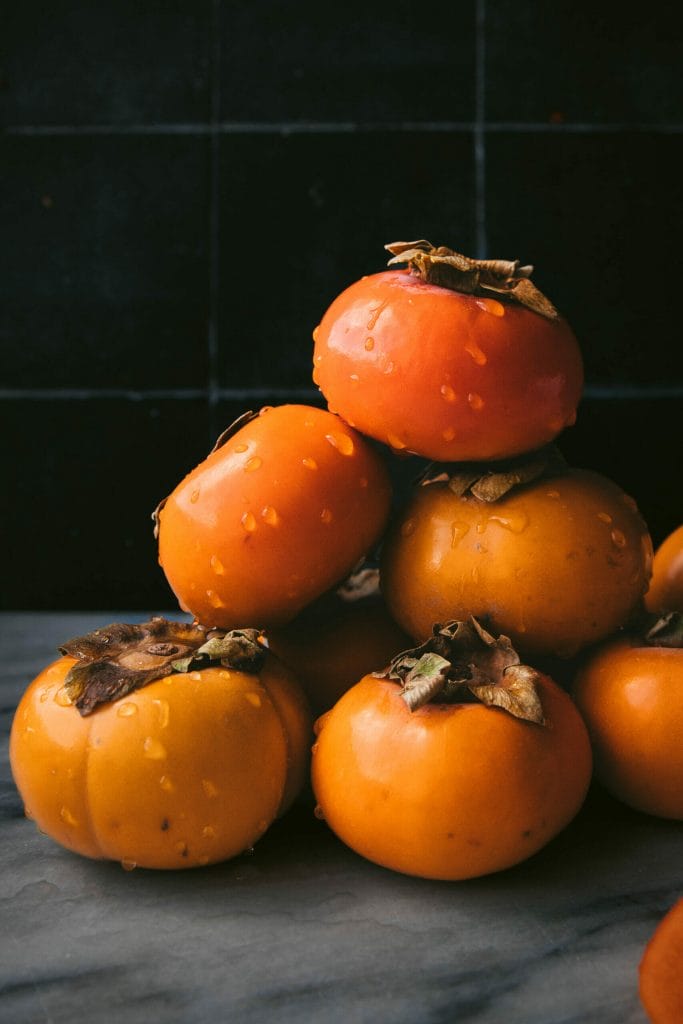
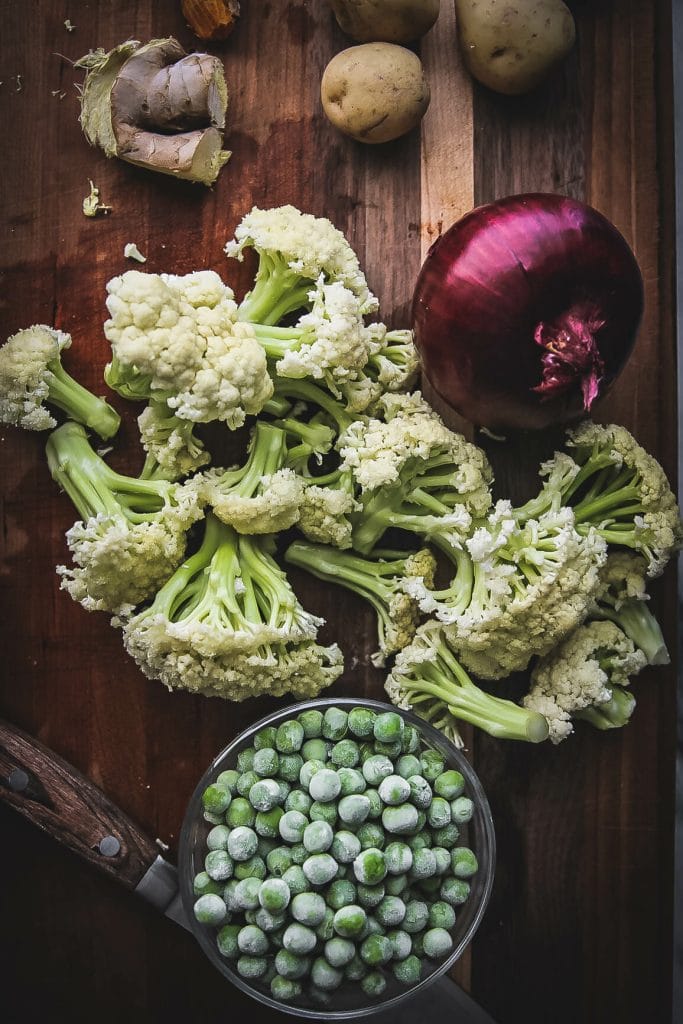
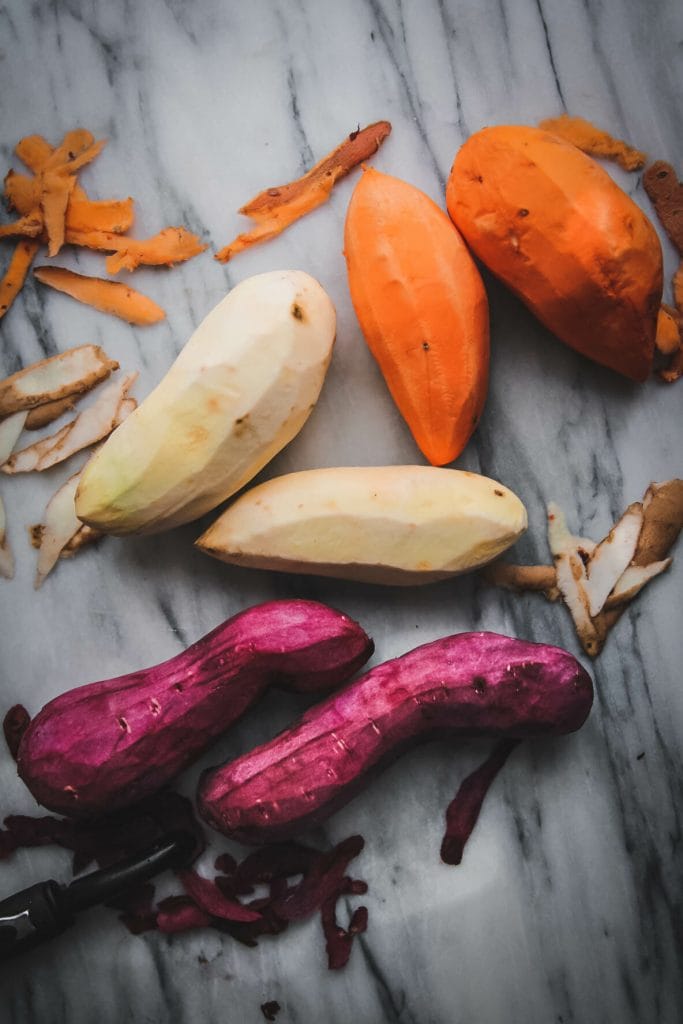

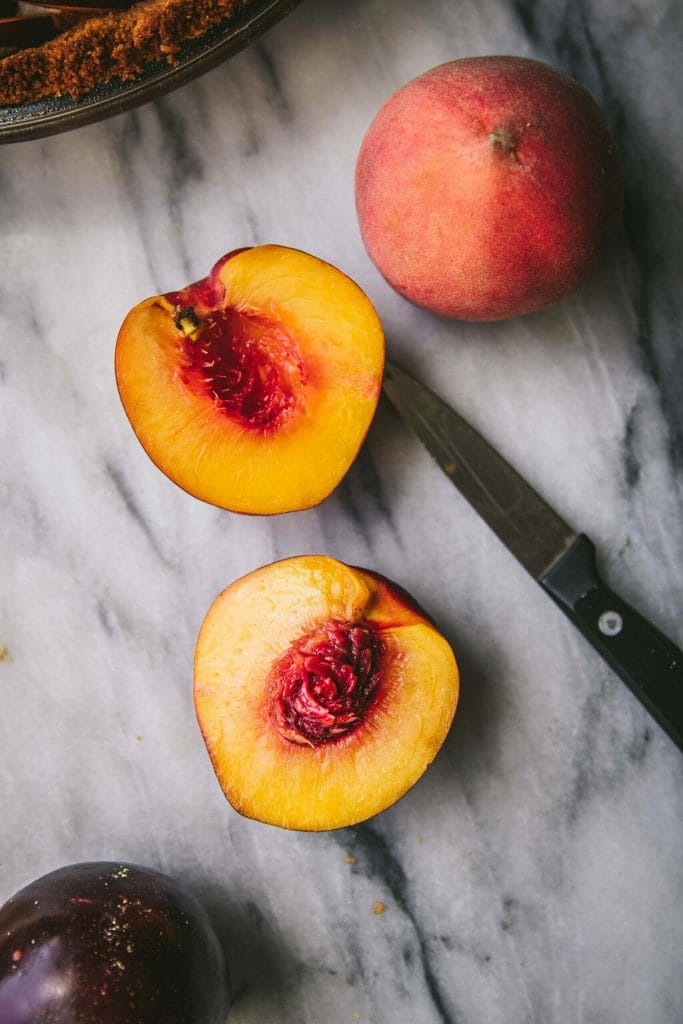
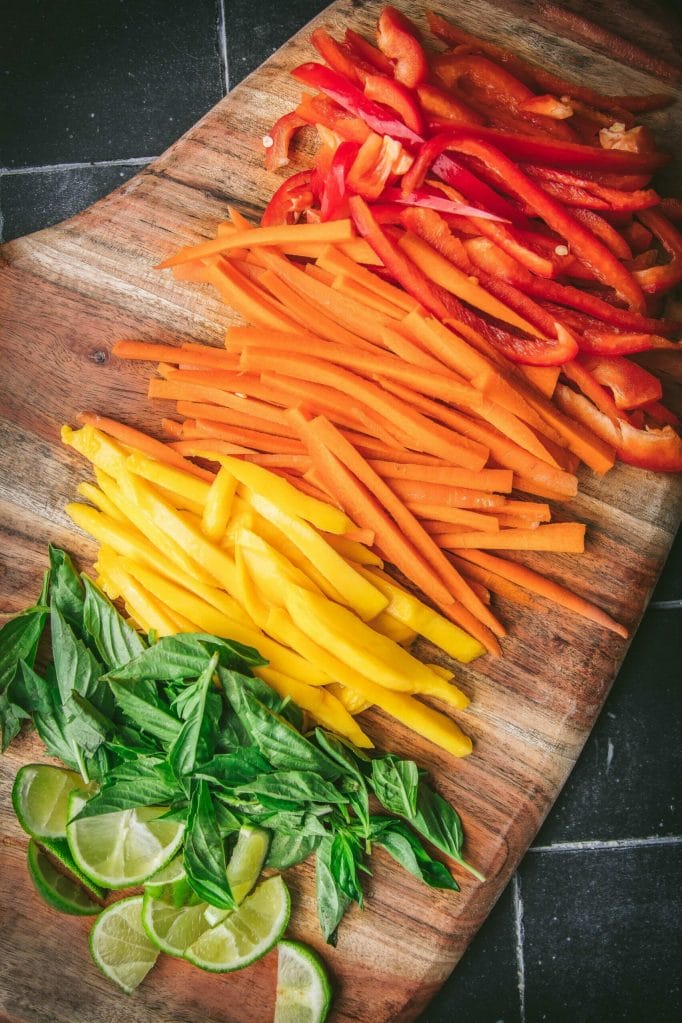


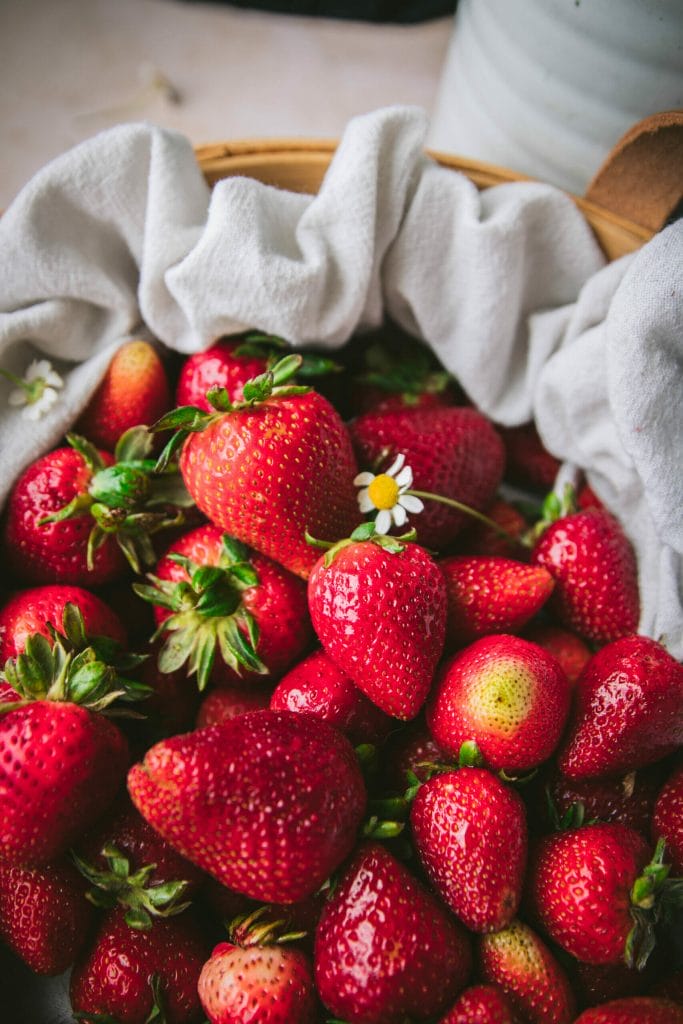
What exactly is compost?
Compost is an organic plant fertilizer and used to improve soil and help it produce healthier, more nutrient-rich crops.
Primarily, it can be thought of as a combination of “green waste” and “brown waste.” Green waste is high in nitrogen and is composed of food scraps, leaves, and grass. Brown waste is high in carbon, in items such as wood chips, stalks, and paper. The combination of these two “wastes” occurs over a process of months, where they fully combine into what’s called humus.
Composting is the act of creating this fertilizer mixing decomposing food waste, recycled organic materials, plant waste, and manure. Believe it or not, this is something you can do right in your own backyard. However, many of us (myself included) do not have the option for an at-home compost heap. This article will break down how to get started creating compost right in your own apartment.
Why is composting important?
Composting is a form of recycling the plant nutrients we do not eat and generating them back into the soil. This promotes carbon capture and water absorption. By placing your compost in your backyard or at a communal station, energy can be diverted away from processing your waste at a landfill.
Landfills produce methane, a greenhouse gas that is a direct contributor to climate change.
By composting, you are playing a direct part in mitigating this.
In the United States alone, 30-40% of all food is wasted. This is the largest portion of waste we generate! In California, this is 11.2 billion pounds. So much of this waste could be feeding the ⅙ of our population that is food insecure. I’ve detailed below some organizations that focus on assisting on the supply (and retail) side of this equation.
When you compost, you help break the cycle of unnecessary waste. You personally can strengthen our food system and give back to our planet.
Anaerobic digestion facilities are growing in popularity across the country, meaning these energy facilities are working to convert our leftovers and food waste into fuel, electricity, or natural gas.
This excerpt from the Environmental and Energy Study Institute mentions:
“To reduce greenhouse gas emissions and the risk of pollution to waterways, organic waste can be removed and used to produce biogas, a renewable source of energy. When displacing fossil fuels, biogas creates further emission reductions, sometimes resulting in carbon negative systems…The reduction of methane emissions derived from tapping all the potential biogas in the United States would be equal to the annual emissions of 800,000 to 11 million passenger vehicles.”
It is easy to feel powerless about global issues such as food waste. However, as an individual, your diet is one of the (if not THE) biggest ways you can have a personal impact on climate change and the environment. How cool is that!
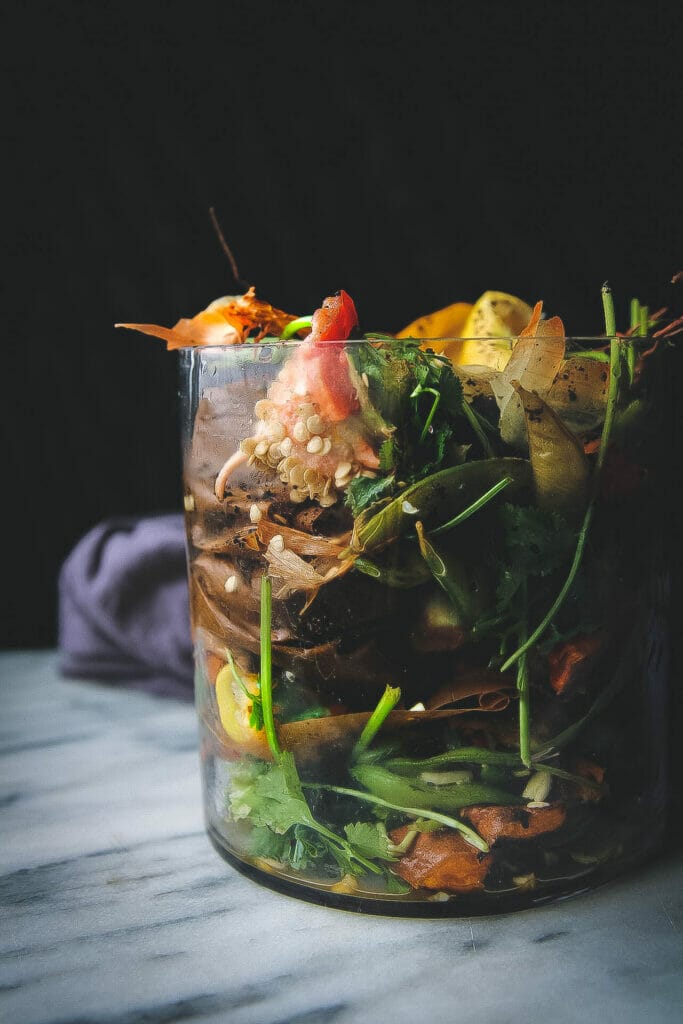
How To Get Started Composting in an Apartment
Step One: Find a Local Composting Site.
You are at an advantage if you live in a city with an organic waste collection program. This will provide you with a bin (like for trash or recycling) that you can very easily use. Your municipal waste department may have a program you can take advantage of (sadly they probably do not, so I encourage you to inquire about it).
It’s more likely you’ll find a drop off center at a local farmers market, university, community garden, or grocery store. I drop my compost off at UCSD, where their student garden manages their own rotating compost program. FindAComposter is a useful website to locate your own version of this.
I sometimes will take it in smaller amounts to Whole Foods (I have to be sneaky about this but it does work for small bags). If you know someone with a yard who would like to start their own community collection site, the Institute for Local Self Reliance has a lot of resources for that.
Step Two: Decide on a Compost Container
Feel free to get creative with what you’re going to store your compost in. We have a small, lidded bin that we keep on the counter to collect scraps throughout the day. We then collect this in a bag in the freezer (helps with the smell!) until we are able to drive it over to the community pile. I have seen people use glass jars and recycled plastic food containers as well. Amazon sells a variety of more aesthetically-appealing options if you’d like a stainless steel compost bin.
Step Three: Begin Collecting Your Scraps
Here is a free printout of what can and cannot be composted! Feel free to add to your fridge or screenshot it on your phone as you’re getting the hang of what is allowed to be thrown in the bucket.
What Foods are Compost-Friendly
- Fruit and vegetable scraps
- Eggshells
- Bread
- Unbleached paper towels and brown paper bags
- Coffee grounds
- Grains
- Leftovers
Items You Should Not Compost
- Meat, dairy, or most leftovers (these can be OK for larger scale composters but less so in a backyard)
- Produce stickers and twist ties
- To-go coffee cups (with a waxy lining)
- Grease-stained pizza boxes (if the grease did not get on the box, it is OK)
- Plastic and styrofoam
How To Avoid A Smelly Compost Bin
The easiest way to get around a foul odor is to store the bulk of your compost in a (sealed) container in the fridge or freezer. Remember – food decomposition is a natural process and should not be thought of as “gross.” But there are ways to mitigate any unwelcome kitchen smells! A properly lined container for the countertop will also help (so you do not need to constantly be reaching into the freezer).
If you have a yard, of course your best option would be to start a compost pile in a contained space there (with walls to keep away curious animals).
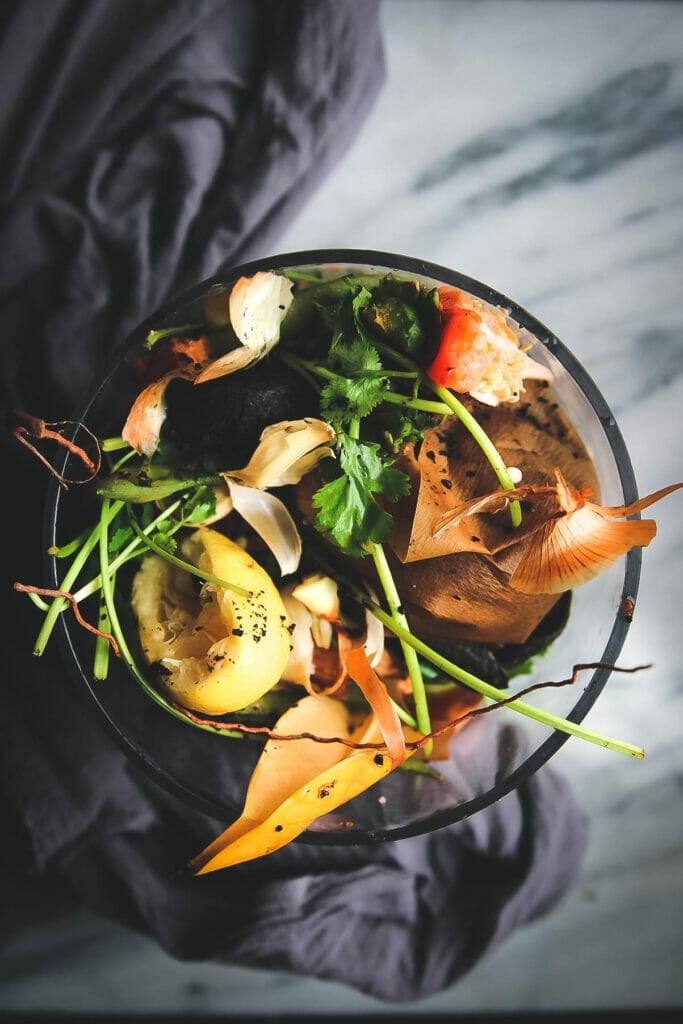
Low Waste Recipes
Use up odds and ends of different vegetables in this recipe for Black Pepper Chickpeas.
In the summer, you can also make stir fry with watermelon rind!
Use citrus rinds to make your own Sour Patch Kids.
Soup is a classic way to stretch the life of your produce. Try some Chickpea Orzo Soup, Sesame Miso Ramen, Beet Carrot Ginger Soup, or Laska-Inspired Spicy Peanut Noodle Soup.
To cut down on the time you spend in the kitchen AND your grocery bill, check our this $3 A Day Meal Plan, which contains a grocery list that’s perfectly set up to maximize all produce.
Related Websites and Resources
Scraps, Wilt, & Weeds by Mads Refslund (one of the initial partners at the world-renowned Danish restaurant Noma)is one of my favorite cookbooks as it focuses exclusively on how to maximize the life of your fruits and vegetables.
Hungry Harvest is a subscription delivery service for surplus fruits and vegetables. A large portion of their work goes toward helping increase food access and awareness.
FindAComposter can help you locate a nearby compost facility.
Learn more about Anaerobic digestion facilities from the EPA.




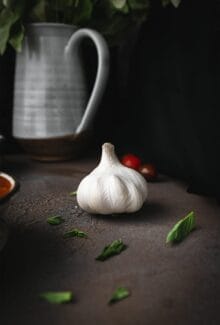


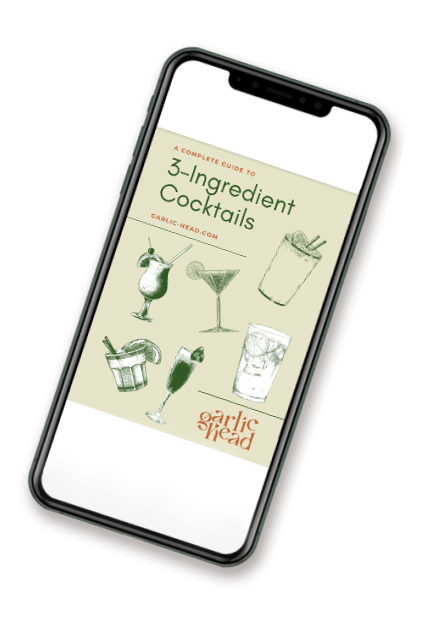






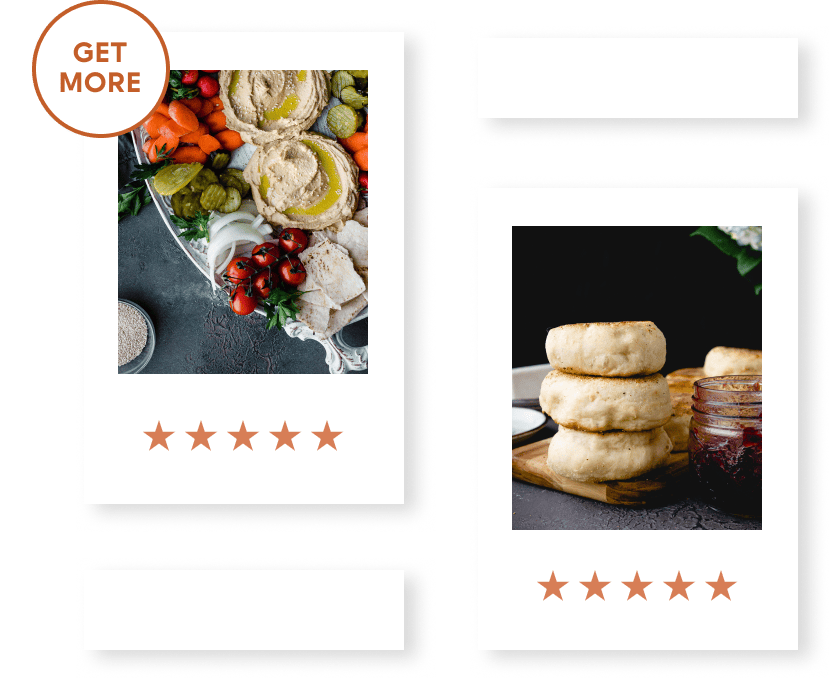
This is very helpful! Thanks so much!
Thank you for reading, Linda!